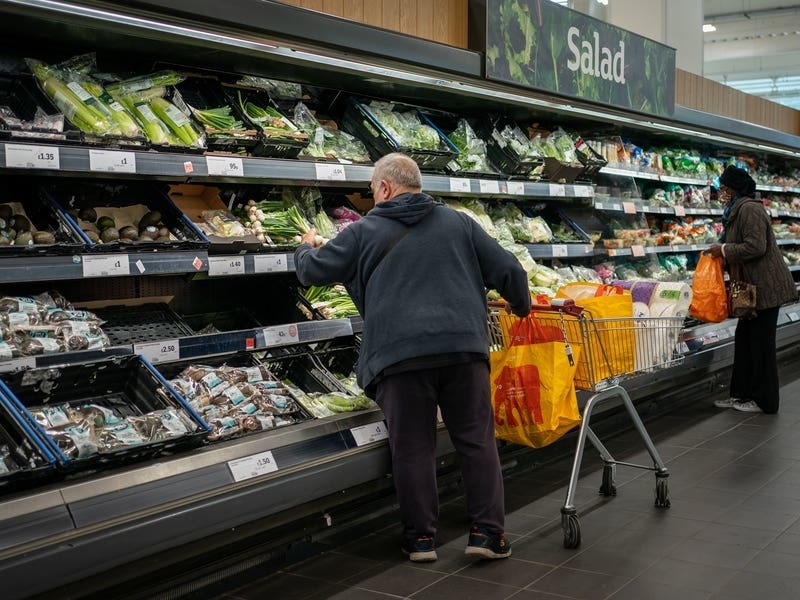The number of people killed or injured on Scotland’s roads has reached the lowest level since records began.
Official figures revealed a total of 9,428 casualties in 2017, with a drop of almost a quarter in the number of people who were fatally injured.
Road accidents claimed the lives of 146 people last year, 24% less than in 2016, with just two youngsters under the age of 16 killed compared to 12 deaths the previous year.
Overall child casualty numbers, including those who were injured, dropped by 10% from 999 in 2016 to 901 last year, statistics from Transport Scotland showed.
New official statistics show 146 people were killed in road accidents across Scotland in 2017. The figures show the total number of casualties fell by fourteen per cent between 2016 and 2017 – the lowest number since records began #roadsafety. https://t.co/m6aXePXF9b
— Transport Scotland (@transcotland) October 24, 2018
Meanwhile the overall number of casualties fell from 10,905 to 9,428 – with 1,589 people seriously injured, while 7,693 suffered minor injuries.
The number of people killed or injured on the roads has been falling year on year for over a decade, with 16,239 casualties recorded in 2007, including 281 fatalities.
But the latest figures showed an increase in the number of cyclists who were seriously hurt in road accidents, up from 148 in 2016 to 171 last year – making this the highest for 10 years.
The number of cyclists who were killed dropped by three in 2017 from eight to five, although more pedestrians were killed, with this figure rising from 32 to 38.
There were 141 fatal accidents last year, with 97 of these taking place outside of built up areas, while 44 occurred on roads in towns and cities.
Transport Secretary Michael Matheson welcomed the latest reduction in road casualties, but pledged ministers would keep working towards the Scottish Government’s targets – which include aiming to cut the numbers seriously injured by 55% over the period 2010 to 2010, with a 65% reduction in children seriously hurt on the roads.
He said: “The latest statistics confirm that casualties on Scotland’s roads are at the lowest levels since records began.
“While I and the Scottish Government’s road safety partners can welcome this long-term trend of decreasing road casualties since 2004, this fact brings no comfort to the friends and relatives of people who have tragically died on Scotland’s roads.
“This point is felt particularly this year, when people across Scotland have had to come to terms with incidents which have shaken local communities and the nation as whole.
“This is why we are resolute in our determination to continue to work towards the ultimate vision set out in the Scotland’s Road Safety Framework to 2020, where no-one is killed on Scotland’s roads.”

“We will ensure that effective educational resources are delivered across the country, targeting our most vulnerable road user groups. Additionally, we are also working to transform driver behaviour through safety camera programmes.
“Our engineers and road operating companies continue to deliver a world-class trunk road network and as ever, we continue to support Police Scotland, who work tirelessly to enforce laws on our roads and keep people safe.
“In partnership with local authorities, Police Scotland, road safety charities and many others, we are now upping key stakeholder encouragement to do more as we move towards our final push to achieve our 2020 road casualty reduction targets on Scotland’s roads.”
Green MSP Mark Ruskell, who is campaigning for the speed limit in built up areas to be cut to 20 miles per hours, said the increase in pedestrians being killed and cyclists being seriously injured was “hugely concerning”.
The Mid Scotland and Fife MSP stated: “A third of deaths on our roads happen on streets in our towns and cities. It’s clear we need safer streets.
“The evidence is strong that reducing speed limits to 20mph on urban roads saves lives, reduces injuries and improves air quality. We also know that more people will walk and cycle rather than drive if speeds are reduced.
“The public support a lower limit and I look forward to my bill making progress through Parliament so we can stop deaths and injuries on the streets in our communities.”






